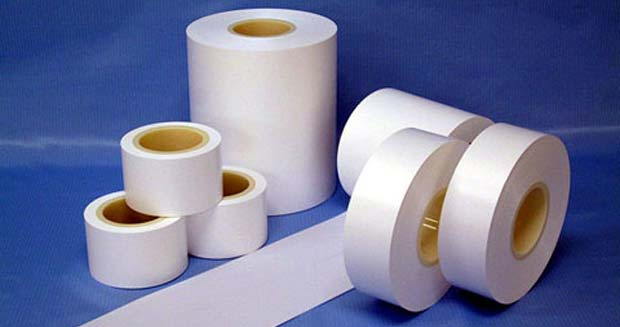

Material: High purity PP material
Coating: Different specifications
Thickness:
Width:
ProductionProcess:
Battery separators are used in virtually all types of rechargeable batteries, including:
Lithium-ion batteries are the most widely used rechargeable batteries in consumer electronics, electric vehicles, and grid storage. Polyolefin separators are the dominant type due to their suitable properties and low cost. However, ceramic-coated and composite separators are gaining market share for their enhanced safety and performance.
Lead-acid batteries are still widely used in automotive and industrial applications. The separators are typically made of microporous PVC or PE, glass fiber mats, or absorptive glass microfiber (AGM) sheets. The key requirements are low electrical resistance, good acid wettability, and mechanical durability.
NiMH batteries are used in hybrid electric vehicles and some consumer electronics. The separators are usually nonwoven mats made of nylon or polypropylene fibers. They need to be resistant to the alkaline electrolyte and provide good gas diffusion properties.
Redox flow batteries are emerging as a promising technology for large-scale energy storage. The separators are ion-exchange membranes that selectively allow the passage of certain ions while blocking the mixing of the positive and negative electrolytes. Common materials include Nafion, polybenzimidazole (PBI), and sulfonated polyether ether ketone (SPEEK).
